How SWIM works (Scala)
|
SWIM's Scala3 code (>25k lines) now compiles to three outputs:
| ||
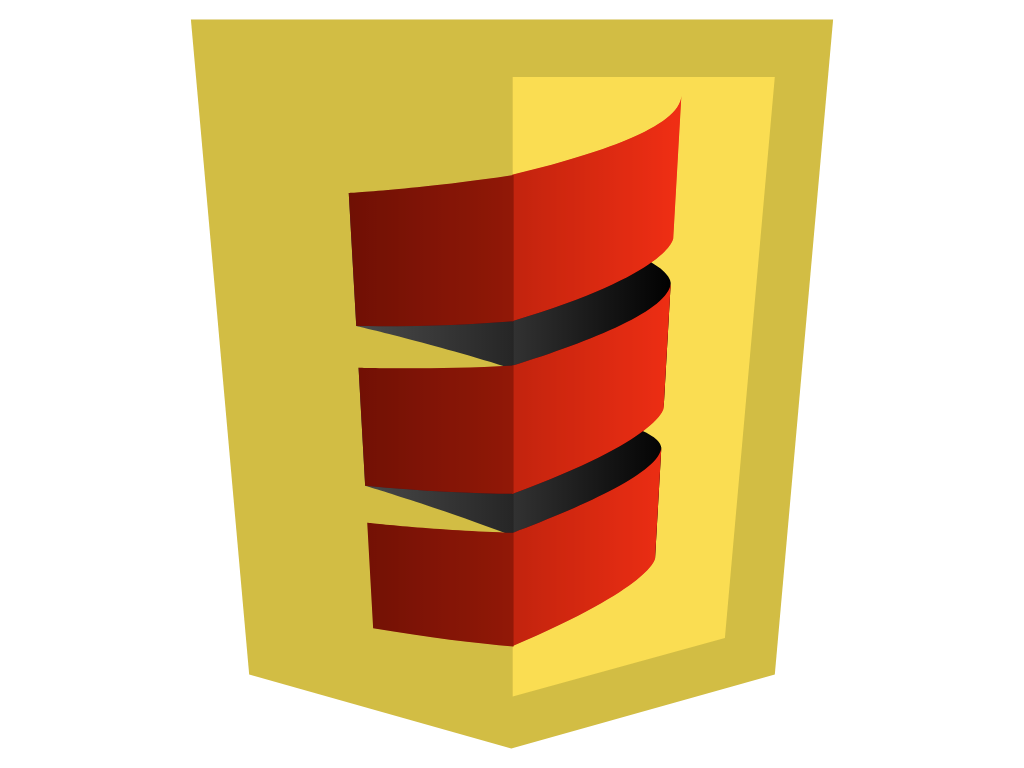 Scala.js (/wasm) web version
Scala.js (/wasm) web version
Runs as js in web-app, creating SVG (scalable vector graphics). Open in a browser, it 'just works'. Accessible, good for exploring and demonstrating system interconnections, dynamics. Test relative sensitivity to policy options and scientific uncertainties. Response time to parameter adjustments: ~ 0.5-5s Can also run as wasm (new - see below ...) |
 JVM desktop version
JVM desktop version
Runs as java, reusing old "swing" GUI from JCM. Faster => better for systematic analysis. Simpler debugging for code in development Response time to to parameter adjustments: ~ 0.1-1s. |
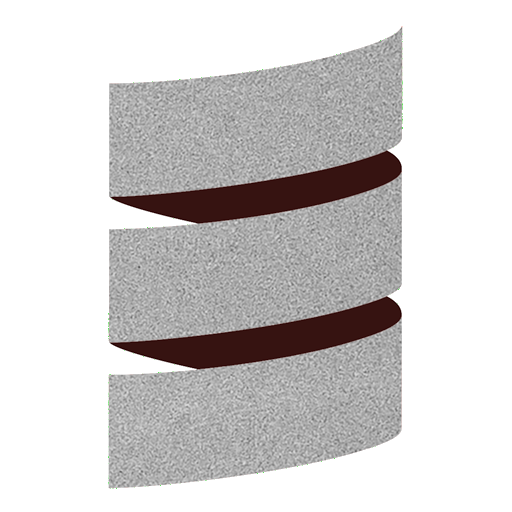 Scala native version (New Sum25!)
Scala native version (New Sum25!)
Runs from command line (headless). Fastest for systematic analyses and testing. Could run scripts, e.g. probabilistic analysis of thousands of variants. Could link / pipe to other models in other languages. |
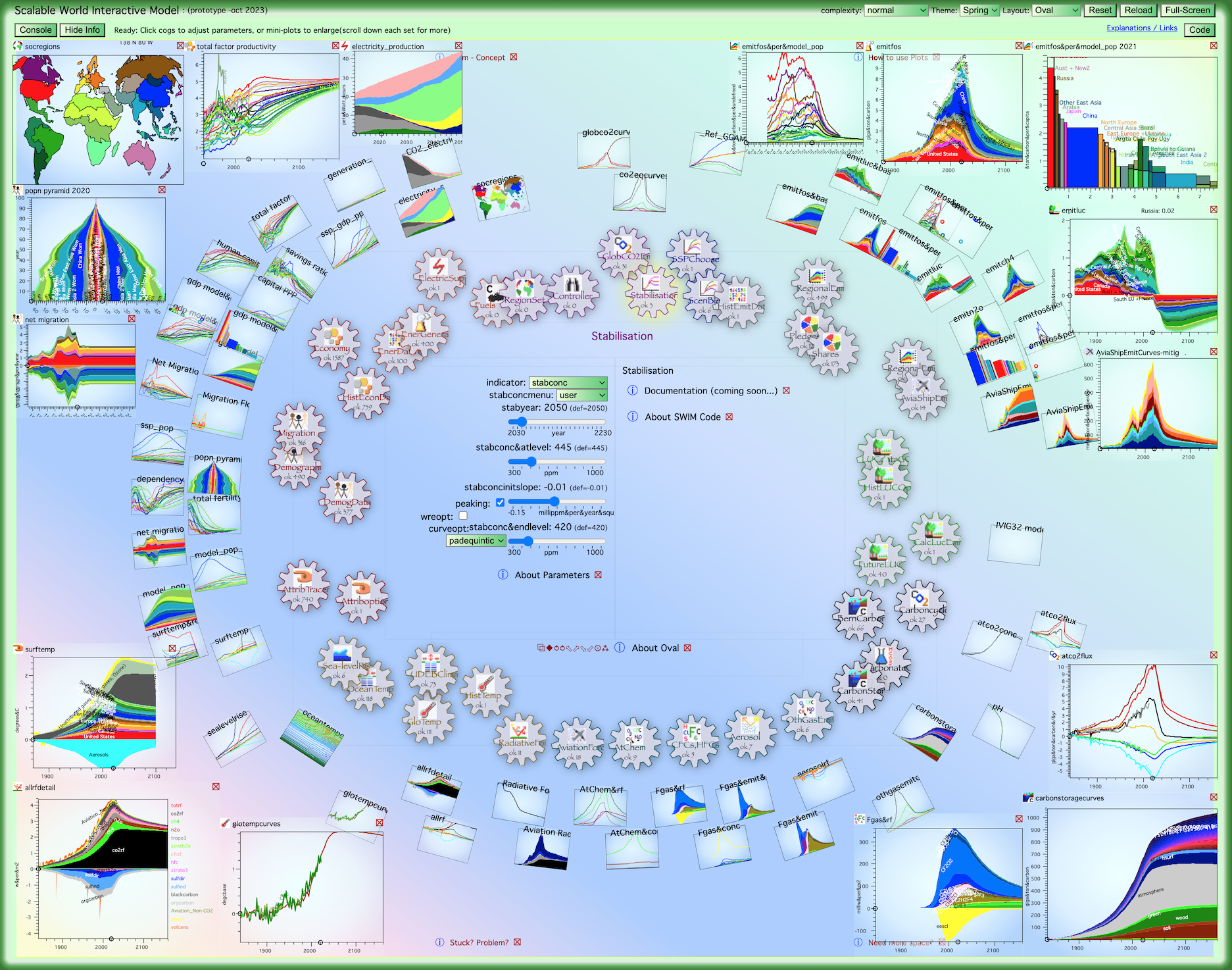
|
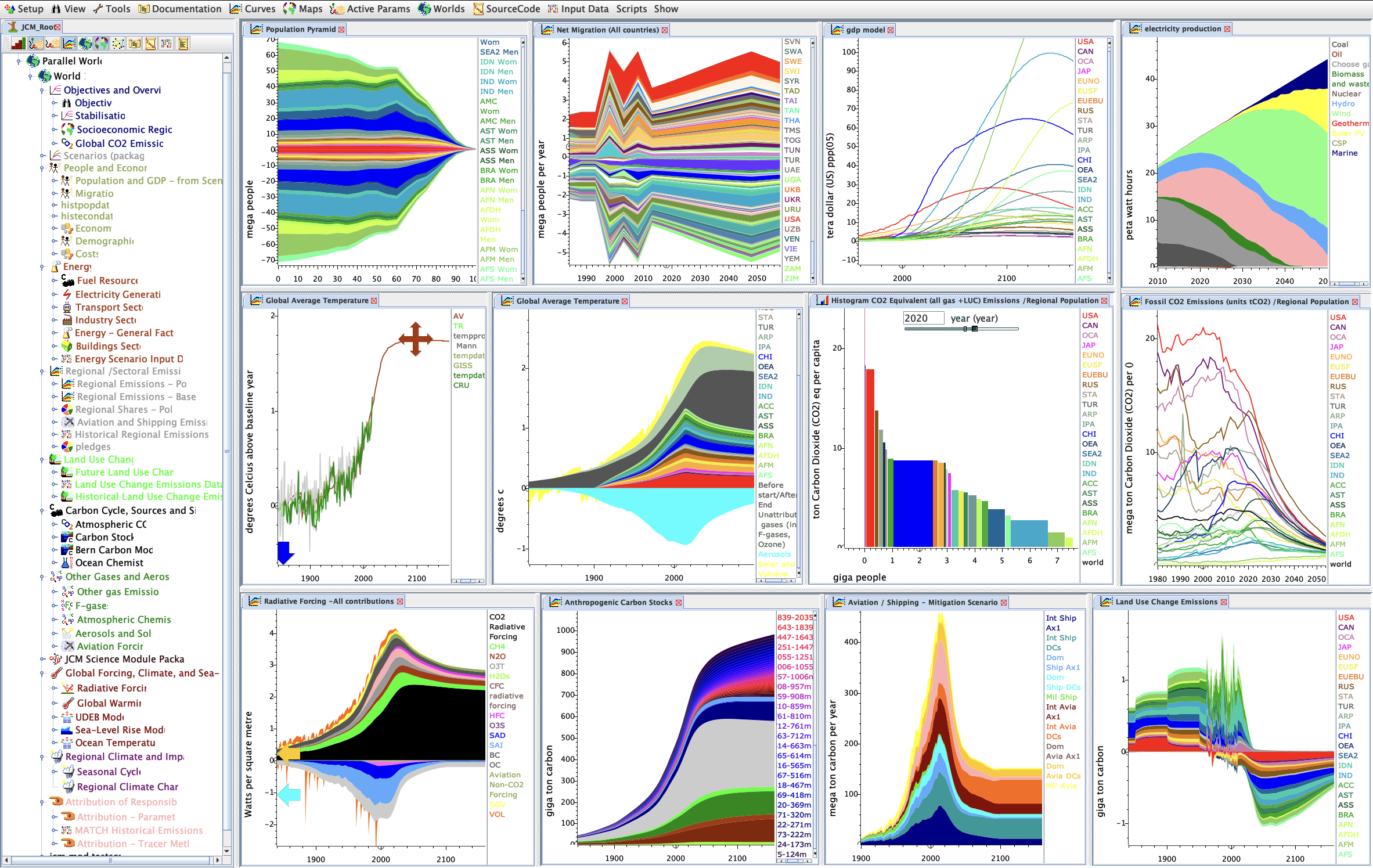
Snapshot of JVM desktop app |
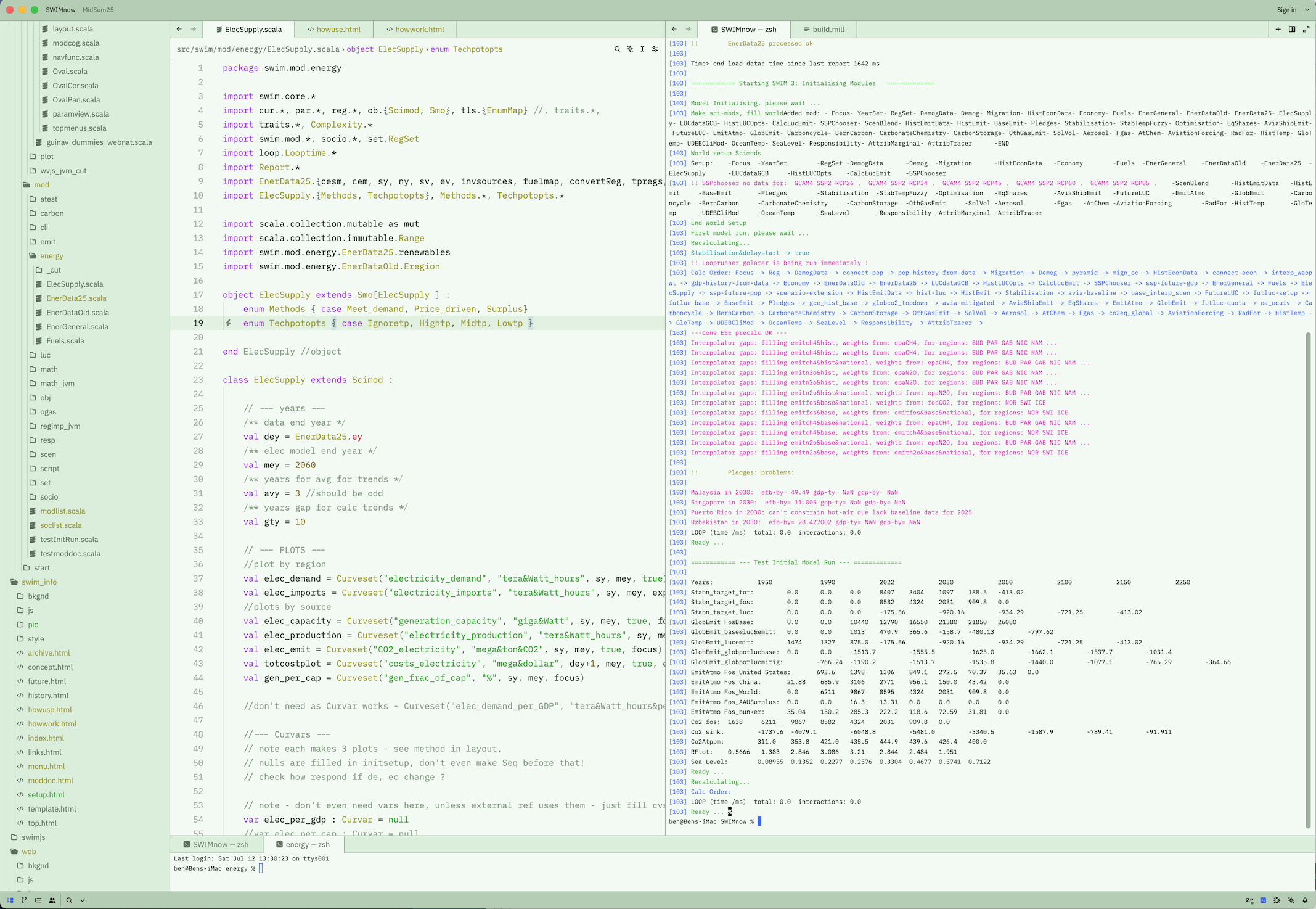
No GUI - pic is just Zed editor, running SWIM as scala native |
|
Yet all versions share the same science code, calculate the same curves.
Scala3 - strongly typed, multi-paradigm, yet with readable syntax (minimal braces), is both reliable and flexible. SWIM shows how scala(3).js succeeds to run a complex model in a browser, fast, flexibly, robustly. So it's "scalable" in several senses: As well as zooming in space /time, there is scope to increase complexity and resolution. Scala code could also move from client to server for more complex / data-intensive science modules. | ||
Note: Scalajs recently ( v17 +) added WASM (webassembly) export
This works well - you can try by adding ?wasm to SWIM url
Wasm is new - it may be necessary to set your browser to support wasm:
- In Firefox (recent) it just works.
- In Chrome go to (address bar) chrome://flags/#enable-experimental-webassembly-features.
- In Vivaldi go to vivaldi://flags and enable "experimental webassembly".
- In Safari it depends on the version (re-broken spring25, but maybe ok in most recent / tech/preview?) (although for plain js safari is still fastest).
Using wasm SWIM may recalculate a little faster, although the code has not yet been modified to optimise this, for example gui and console update calls likely slow-down the model loop.
Later wasm may also help connect with other models / tools written in other languages.
Links: More about Scala-JS and Scala 3 and Scala Native. Also using Libraries and Mill from LiHaoyi
Next: Model Doc + Code
(Overview)